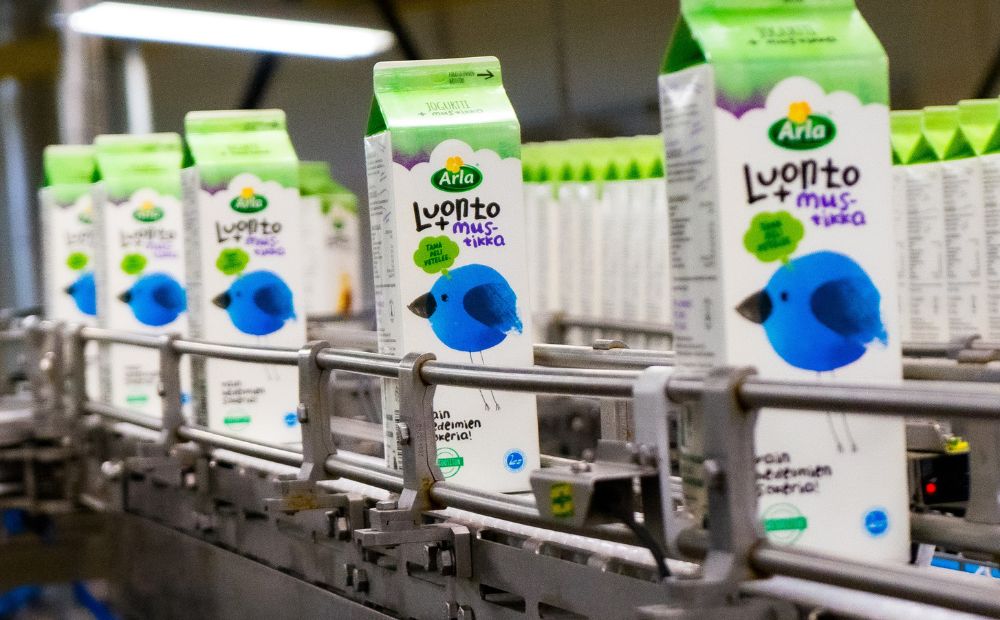Arla’s careful preparations guaranteed great audit results

Rinki conducts audits at its customer companies, i.e. inspections of packaging data to ensure accuracy. One of the auditing visits made this autumn was to the dairy company Arla and its factory in Sipoo.
Tuire Seppänen, an expert at Arla who works on producer responsibility for packaging, says that the audit took place at the perfect time, with the company having recently started to prepare this year’s packaging data to be submitted early next year. She notes that the audit provided useful information about issues such as the reporting of single-use packaging, which starts next year.
Arla’s operating environment is constantly changing: “We use a wide variety of packaging, and it is constantly being redesigned and developed. At the same time, regulations on packaging keep changing.”
The presentation on producer responsibility and the upcoming changes, part of Rinki’s audit, was especially useful:
“The audit was attended by a new employee who has not been in the job for very long but has now received an in-depth introduction to producer responsibility. It was also good refresher training for those of us with more experience in producer responsibility,” says Seppänen.
Persistent efforts bring good result
The result of Arla’s audit was very positive. “It’s important for us to pack our products responsibly, so we have worked hard to ensure that the packaging data in our systems and reports are as accurate as possible. It was great to hear that this was supported by the audit,” says Seppänen.
Thorough groundwork has ensured that the reporting of packaging data is well under way. Arla has internal guidelines for reporting packaging data that facilitate the collection and storage of data. The guidelines help ensure that information from different systems is transferred to Rinki’s reporting form, and they are also useful in such a large company when staff or job descriptions change.
Seppänen says that the audit was a useful experience as it offered a new perspective on the job. “The audit report included proposals for improvements. They are currently being implemented so that we’ll be able to report our packaging data even more efficiently next year,” she says.
And what tips would Seppänen give to companies whose packaging data is audited?
“There’s no need to worry about the audit. Issues related to producer responsibility for packaging may seem rather complicated, but you’ll be offered new perspectives on them during the audit,” Seppänen summarises.